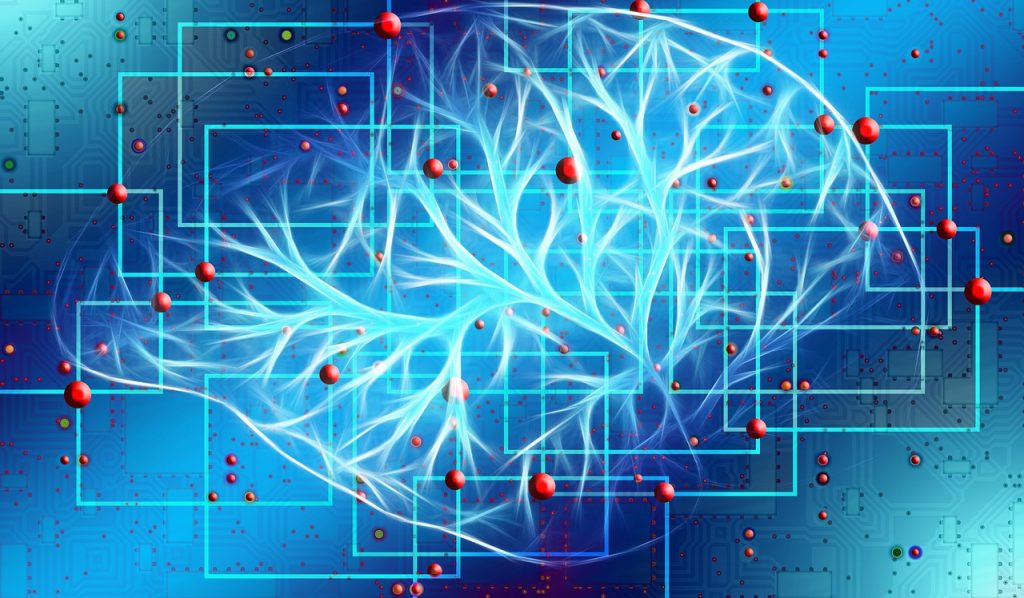One of the big concerns around AI is what’s called explainability.
Whether we are talking about a system that screens applicants for housing loans, recommends a course of medical treatment or generates a legal document, we want to know how that system arrives at a decision or generates output. Otherwise, we are not likely to trust it.
Experts at the National Institute of Standards and Technology (NIST) have identified four principles of explainable AI:
Explanation. The system should supply evidence, support or reasoning behind the outcome and/or the processes involved. For example, in the case of a health application, there should be no doubt about why it recommended a particular course of treatment.
Meaningful. For an explanation to carry any weight, the intended audience must understand it based on their knowledge, experience and interests. With the health application, an explanation that is meaningful to a medical professional might mystify a patient.
Accuracy. A meaningful explanation about the outcome or processes won’t be helpful if it’s inaccurate. For example, you wouldn’t want the explanation for selecting a given course of treatment to be oversimplified to the point of being wrong.
Knowledge limits. Most AI applications qualify as narrow AI — that is, they were designed for a specific set of use cases in a particular field of knowledge. Just as you wouldn’t ask a dentist about a heart problem, you should not push the limits of an application. As obvious as that sounds, “this practice safeguards answers so that a judgment is not provided when it may be inappropriate to do so,” NIST scientists wrote.
Explainability is part of a larger concern around the trustworthiness of AI. According to NIST, other attributes of trustworthy AI include:
- Privacy
- Reliability
- Robustness
- Safety
- Security/resilience
- Fairness
- Transparency
- Positive social impact
How Could AI Change Things for the Better?
The advantages of AI vary widely depending on the use case. But experts usually highlight these general benefits:
- If programmed correctly — an important caveat — AI can carry out a task or process time and again without slipping up. That gives humans more time for work that machines can’t do. A bonus: Software doesn’t take coffee breaks, call in sick or go on vacation.
- Improves work processes. Besides using AI to automate a task or process, you can also ask it to come up with a better way of getting that work done.
- Serves as an efficient digital assistant. At first, letting a chatbot answer messages or calls and ask preliminary questions might be tough to embrace, but that makes human agents more prepared and focused when they get on the line. That’s the thing: Freed of grunt work, they have more bandwidth for listening to constituents and solving their problems.
- Makes big data seem not so big: AI can process and analyze data faster than a human ever could, not just crunching numbers but recognizing what data is most important, which can accelerate decision-making. And with ML, the system can learn as it goes, leading to more useful results over time.
For a more detailed discussion of the benefits, check out this recent article in Forbes Advisor.
How Could AI Change Things for the Worse?
Imagine someone inventing a new high-powered car and putting it on the road before developing an adequate braking system.
That’s essentially what’‘s happening with AI, according to a recent open letter written by the Future of Life Institute and signed by more than 31,000 people, including some high-profile technology executives.
For example, AI systems could write their own code, cutting humans (and human judgment) out of the loop, according to the group.
AI labs are “locked in an out-of-control race to develop and deploy ever more powerful digital minds that no one — not even their creators — can understand, predict, or reliably control,” the letter states.
Here are some of the scenarios that experts and observers worry most about, as highlighted in Stanford University’s One Hundred Year Study on Artificial Intelligence:
- AI can make it easier to build machines that can spy and even kill at scale.
- Courts could make sentencing decisions on AI-based assessments of an individual’s future risk to society without recognizing the lack of certainty or the potential role of built-in biases.
- Similar AI-based decision-making systems could lead to hidden discrimination in the processing of applications for social services, health care, financial services and other fields.
- And as we’re beginning to see, deepfake video and imagery, chatbots, and other AI-based tools can be used to spread disinformation online quickly and effectively.
Another more immediate threat is the loss of jobs. All the general benefits of AI noted earlier will augment the work of some humans but might replace others.
Chatbots “cannot yet duplicate the work of lawyers, accountants or doctors,” noted a recent article in The New York Times. “But they could replace paralegals, personal assistants and translators.”
This article appears in our new guide “AI: A Crash Course.” To read more about how AI can (and will) change your work, download it here:

